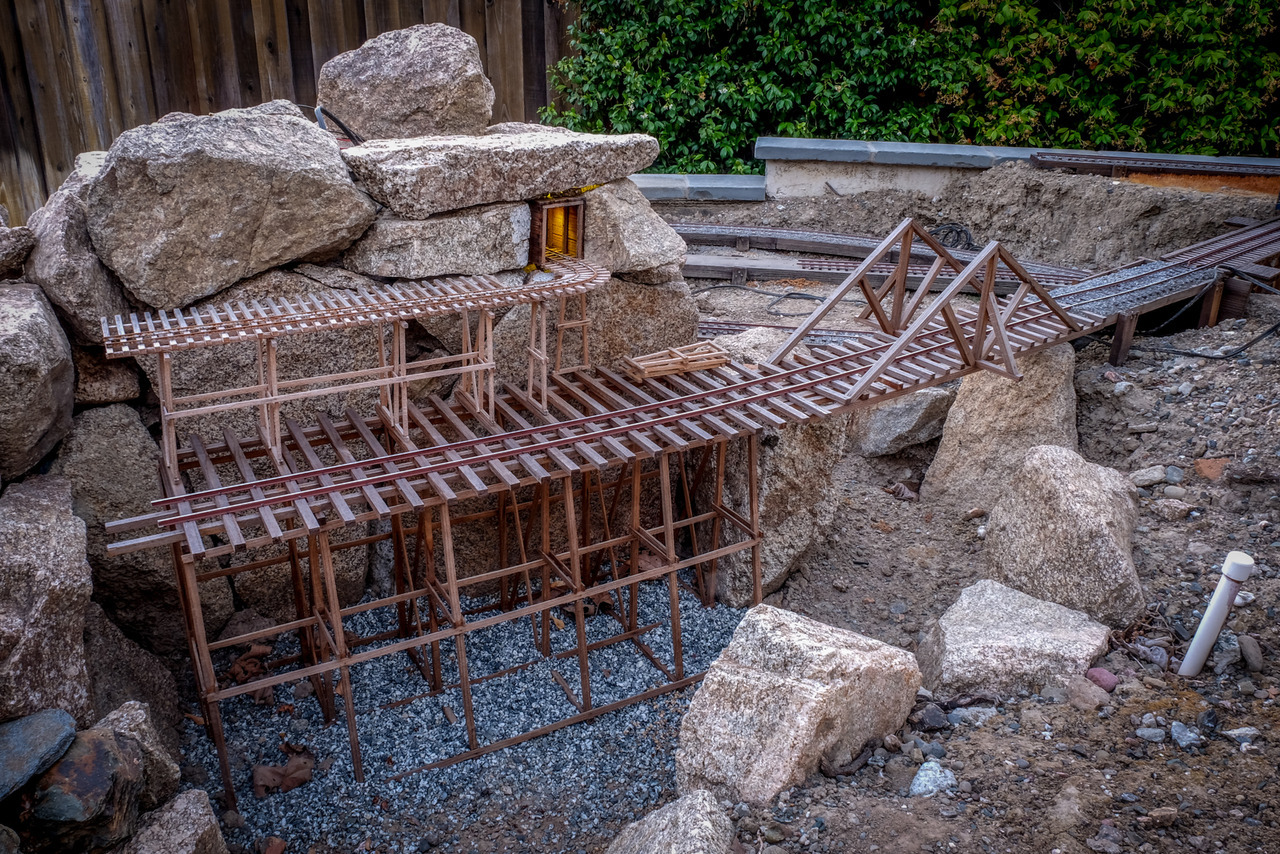One should be cognizant of the type of silicone products they employ. Most RTV silicones and many other types are ACID cured verses NEUTRAL cure. Acid cured silicones are NOT what your after for corrosion resistance! In general silicone rubber products don’t mix well with electronics IMO. Another consideration is Silicone rubber sealer/adhesives (most I suspect, less specialty products I assume) are NOT water vapor proof. Water vapor/moisture eventually permeates through them while liquid water will not. FYI; water vapor is required for silicone rubbers to set or dry. Once you open and or break into the moisture resistant enclosure the clock starts, use it or loose it!
Michael







 I get from Wal-Mart, turn themselves on a
I get from Wal-Mart, turn themselves on a nd off, cheap @ $.98 and very adaptable
nd off, cheap @ $.98 and very adaptable
